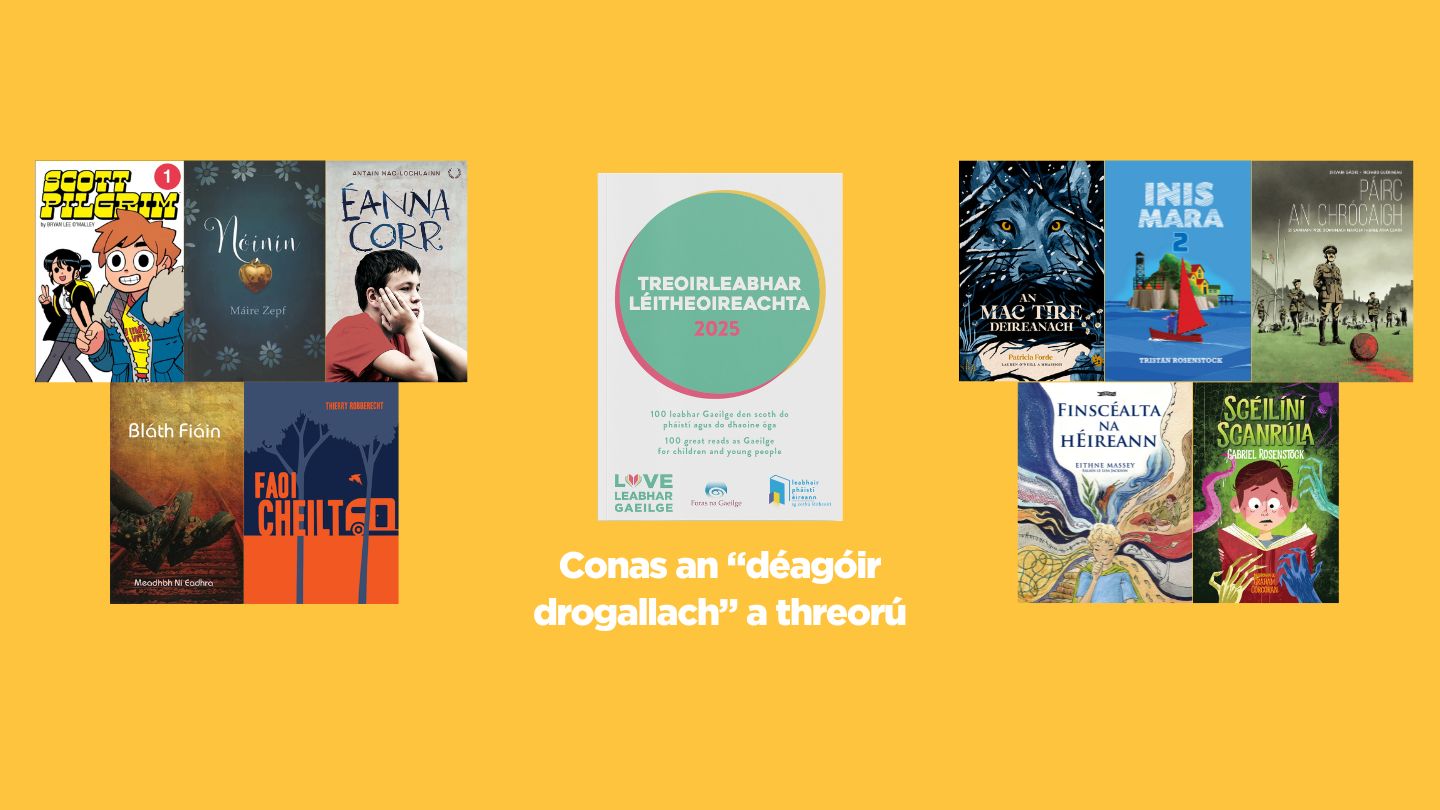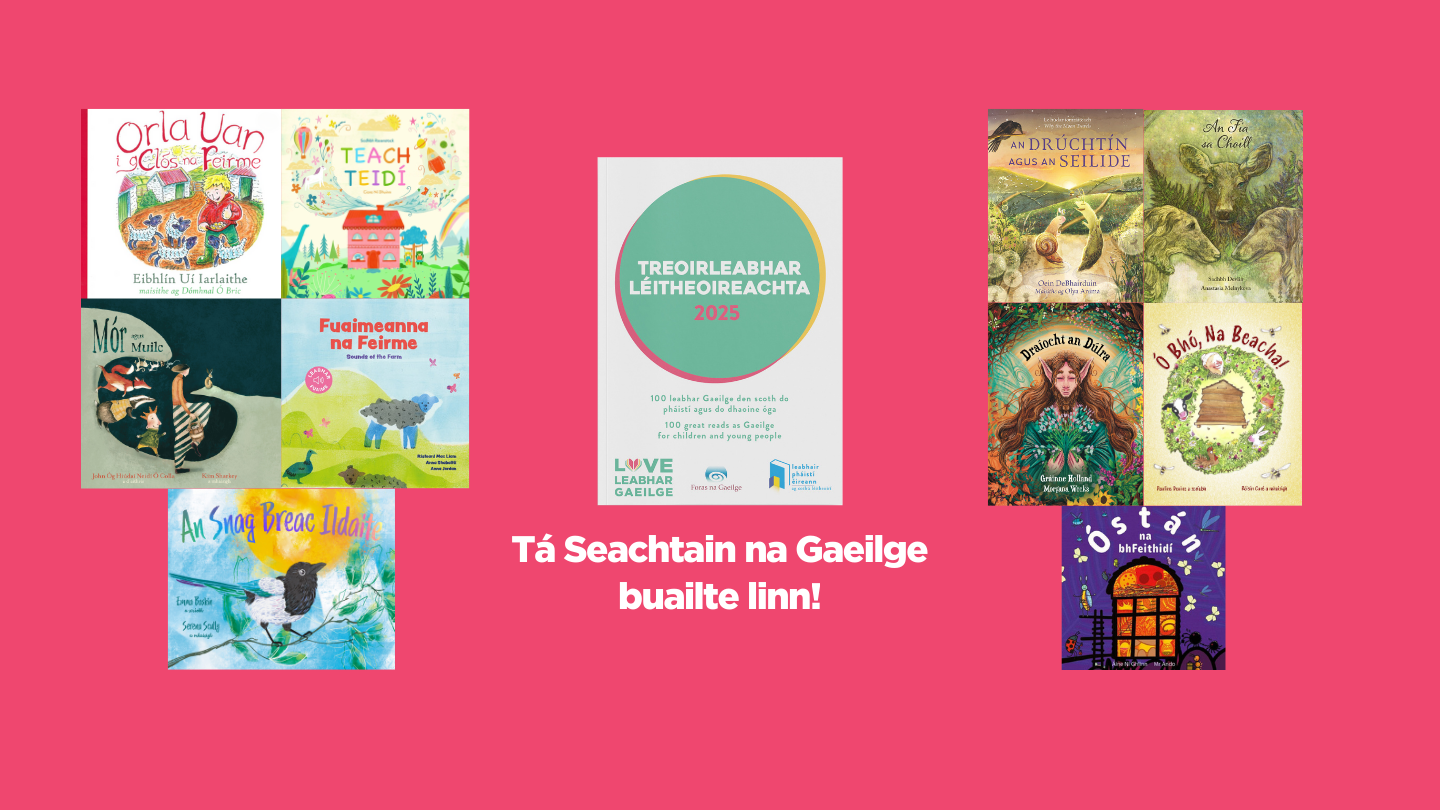How to guide the “reluctant teenager”
With the rise of social media in the last twenty years, it can be difficult for young adults to get a break from the pressures of growing up. According to the Growing Up in Ireland longitudinal survey, 19% of thirteen-year-olds said they never read and that figure rose to 53% at seventeen years old. The statistics look grim, but that doesn’t mean we can’t turn the tide.
Let’s not blame young adults or any age group for this either. We now have to instill a positive mentality with regards to reading.
If you are a parent or guardian of a young adult, I ask you to set aside even a few minutes for them without screens on a regular basis, where they can read a book of their choosing – it doesn’t matter if it’s fiction, non-fiction, a graphic novel or a verse novel, every style of book is valuable.
If you are a teacher, I ask you to give your students the chance to enjoy reading without giving them extra work with it. One of the best methods to encourage reading that I’ve come across was one that a former teacher of mine used when I was in school – each time we finished a task, we could read our books.
If you are around young people in some other way, talk to them about books! Make books in Irish a central part of your conversations with them. As we do with films and TV shows, recommend a book and ask them what they think about it after they’ve read it. There are plenty of brilliant young adult books in Irish out there and we should place them in the centre of Irish culture.
If you want recommendations for books you should be in the know about, have a read of Treoirleabhar Léitheoireachta 2025. We chose ten books that feature in this reading guide to give you a taste of the amazing books in Irish that are available for young adults. Read away!
- Scéilíní Scanrúla (Gabriel Rosenstock, illustrated by Graham Corcoran, published by Éabhlóid): Readers will be frightened and falling around laughing with this collection of short stories. A great introduction to the genres of horror and thriller, young adults will discover their favourite scary story in this book.
- An Mac Tíre Deireanach (Patricia Forde, illustrated by Lauren O’Neill, published by Futa Fata): Set in Ireland in 1652, Úna decides to save a wolf from Cromwell’s soldiers. Anyone who stands for hope and bravery in times of oppression will enjoy this book, especially those with an interest in history.
- Inis Mara 2 (Tristan Rosenstock, illustrated by Mark Wickham, published by LeabhairCOMHAR): Although you should read the previous book in the series first, Inis Mara 2 stands on its own as a fantastic book. Readers will recognise the hot button questions discussed here – the importance of the environment and the situations faced by refugees. Éabha proves that we can all make a difference and help those who are vulnerable.
- Finscéalta na hÉireann (Eithne Massey, translated by Patricia Nic Eoin, illustrated by Lisa Jackson, published by The O’Brien Press): The Salmon of Knowledge, The Children of Lir, Labhraí Loingseach – some of the most famous stories in Ireland are retold here alongside beautiful illustrations that bring the characters to life. Each character’s personality comes through strongly in the text and the artwork, and we learn about how our emotions can push us into action.
- Faoi Cheilt (Thierry Roberrecht, foilsithe ag An Gúm): Translated from the French novel La Cache, we follow Elsa, a fourteen-year-old making friends with a Syrian boy in a nearby refugee camp. She hears the negative opinions of the public about refugees, but prefers to help them however she can. The author’s note at the back discusses how readers have the right to be emotional in times of crisis.
- Páirc an Chrócaigh (Sylvain Gâche, translated by Antain Mac Lochlainn, illustrated by Richard Guérineau, published by Dalen Éireann): When Ireland faced England in the rugby in Croke Park in 2007, some had doubts about the English national anthem being played. In this context, a French rugby fan learns about Bloody Sunday 1920. This graphic novel was translated from French and provides a detailed account of the massacre.
- Bláth Fiáin (Meadhbh Ní Eadhra, published by Cló Iar-Chonnacht): Although our methods of communication may change, certain themes are everlasting. Mikey, Hannah and Rónán await their Junior Cert results as they face the challenges of love, friendship, bullying and problems at home. Song lyrics flow throughout to display the emotions of each character.
- Éanna Corr (Antain Mac Lochlainn, published by Leabhar Breac): Éanna befriends Síomón, the new boy in school, but Síomóin’s family are involved with a religious cult. This is a powerful story about the pressures placed on vulnerable people and the effects of friendship.
- Scott Pilgrim (Bryan Lee O’Malley, translated by Seanán Ó Coistín, redesigned by Katelyn McKenna, published by Gliadar): Many will recognise Scott Pilgrim from the original English edition of the graphic novel, or from the film and TV show that were based on it. Young adults can now read about the challenges Scott faces as he wants to go out with Ramona Flowers in three action-packed volumes, translated to Irish.
- Nóinín (Máire Zepf, published by Cois Life): Nóinín falls for a man online, but when she goes to meet him in person, she goes missing. Written in verse, we follow Nóinín and her friend, Eimear, who goes looking for her. Online safety is poetically discussed throughout.
Treoirleabhar Léitheoireachta 2025 is a collaboration between Foras na Gaeilge and Children’s Books Ireland, with the support of Love Leabhar Gaeilge.
By Conall Mac Dhonnagáin, Irish Language Officer, Childrens’ Books Ireland.


